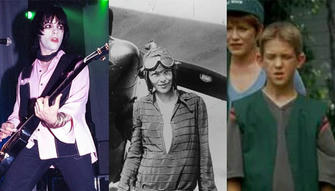Six Treatments for Long-Sightedness
Advertisement
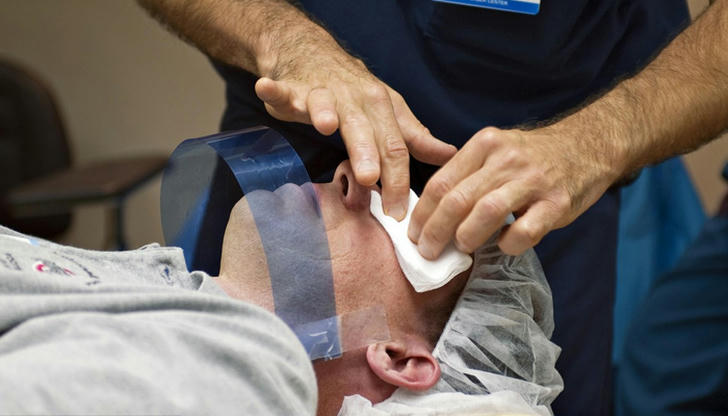
We know what short-sightedness is. How about long-sightedness? Actually, it is also called hyperopia, which has been a puzzle that humans have sought to solve throughout history. From the earliest civilizations to the cutting-edge advancements of today, the quest to treat this refractive error has led to remarkable innovations and techniques. As our understanding of the human eye deepens and technology advances, a myriad of options have emerged to combat long-sightedness, offering individuals the chance to experience the world in crystal-clear detail.
Check if you have long-sightedness

Long-sightedness can happen at any age but often affects people over 40. Symptoms of long-sightedness include:
• finding it difficult to notice close objects, such as words and images in books or on displays, which may appear fuzzy
• moving objects farther from your eyes makes them clearer and vice versa
•headaches from fatigued eyes following close-focus activities like reading or using a computer
Today, we’d like to find some ways to treat long-sightedness.
Eyeglasses
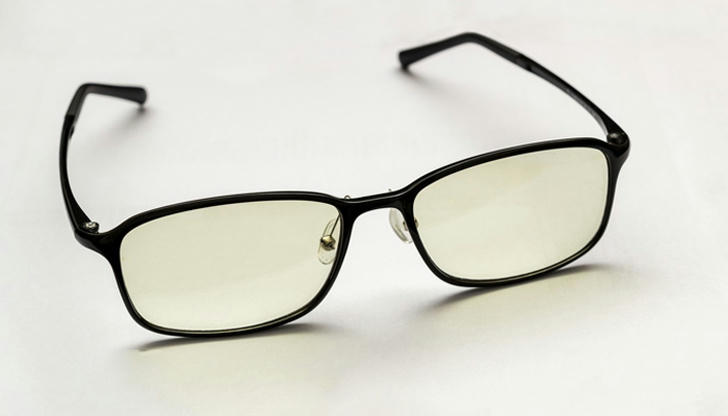
Eyeglasses have long been recognized as one of the most common and effective ways to treat long-sightedness, scientifically known as hyperopia. By wearing prescription lenses, individuals can experience a significant improvement in their near vision. These lenses are specifically designed to help focus incoming light onto the retina, addressing the refractive error responsible for hyperopia. By doing so, eyeglasses provide clear vision for nearby objects, enhancing daily activities that require close-up focus.
Contact lenses
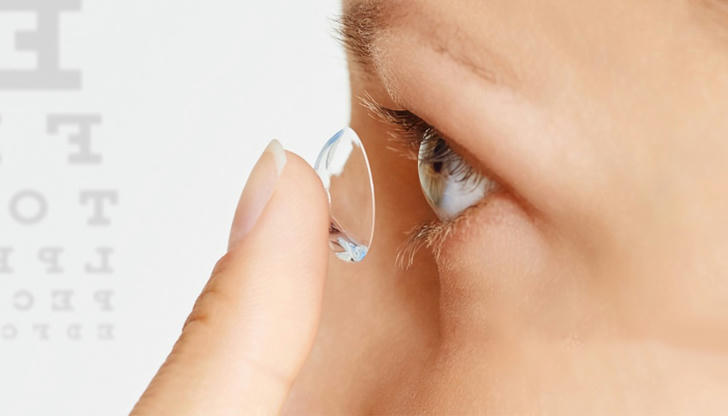
In addition to eyeglasses, another viable option for addressing long-sightedness is the use of contact lenses. These thin and lightweight lenses are placed directly on the surface of the eye. By correcting the refractive error, contact lenses allow for clear vision at various distances, similar to eyeglasses. This alternative is particularly beneficial for those who prefer not to wear eyeglasses or seek a more natural appearance.
Refractive surgery
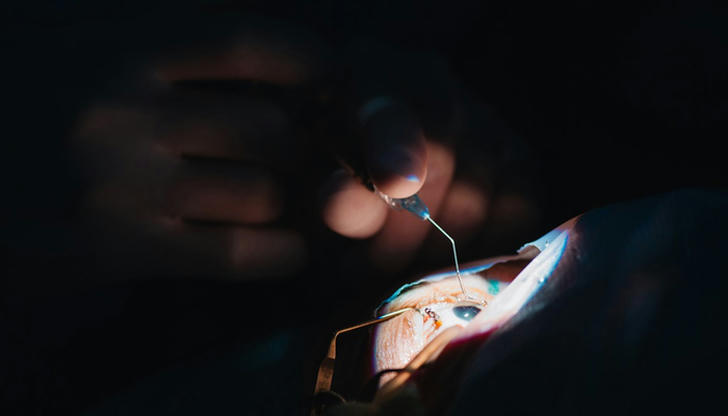
Refractive surgery, such as LASIK (laser-assisted in-situ keratomileusis) or PRK (photorefractive keratectomy), offers a surgical solution for long-sightedness. By reshaping the cornea, these procedures correct the underlying refractive error, ultimately reducing or eliminating the need for corrective eyewear. Refractive surgery is a popular choice for individuals seeking a more permanent solution and enhanced visual acuity.
Intraocular lenses (IOLs)
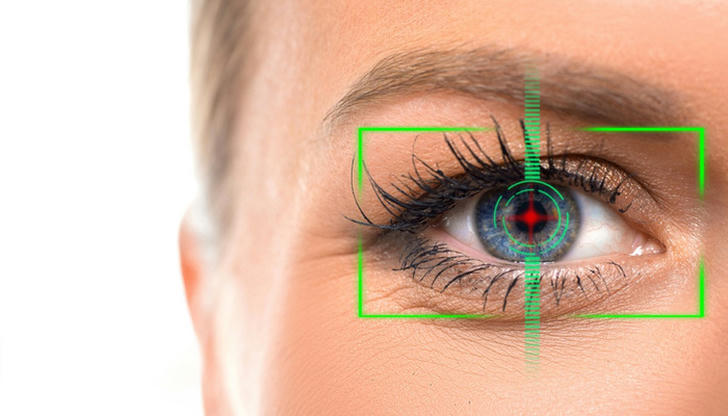
In cases where long-sightedness is more severe or when refractive surgery is not a suitable option, the implantation of intraocular lenses (IOLs) may be considered. This approach involves surgically placing artificial lenses inside the eye to correct the focusing problem. It is typically recommended for individuals with significant hyperopia or other specific eye conditions that prevent other treatment methods.
Vision therapy
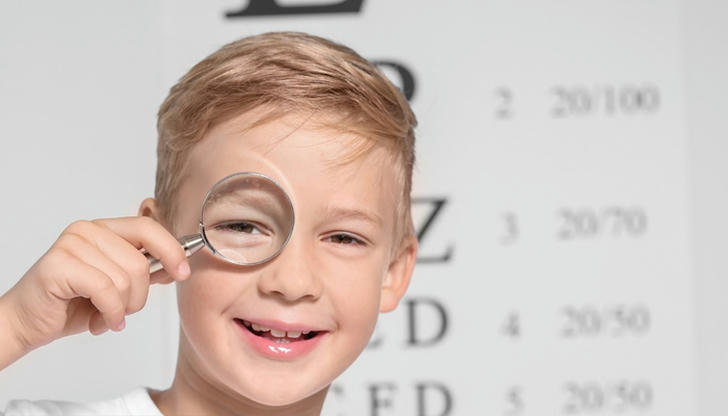
Vision therapy is a non-surgical approach that can benefit some individuals, particularly children, with long-sightedness. This therapy consists of a series of specialized exercises and activities designed to train the eyes to focus properly. By improving visual skills, vision therapy can help reduce the symptoms of hyperopia and enhance visual clarity.
health modifications

While not directly addressing long-sightedness, making certain health modifications can alleviate the discomfort associated with the condition. Simple adjustments like taking regular breaks from near work, ensuring proper lighting conditions, maintaining a well-balanced diet rich in eye-_y nutrients, and protecting the eyes from excessive screen time and harmful UV rays can all contribute to overall eye _ and alleviate strain on the eyes, making daily tasks more comfortable for individuals with long-sightedness.
In the ever-evolving landscape of eye care, the treatment of long-sightedness continues to witness remarkable progress. From the simple elegance of eyeglasses to the precision of refractive surgeries and the wonders of vision therapy, each approach holds the potential to transform lives and empower individuals with improved vision. By embracing these diverse strategies and staying at the forefront of scientific advancements, we embark on a journey toward a future where long-sightedness becomes a minor obstacle, and the beauty of the world becomes even more vivid for all.



